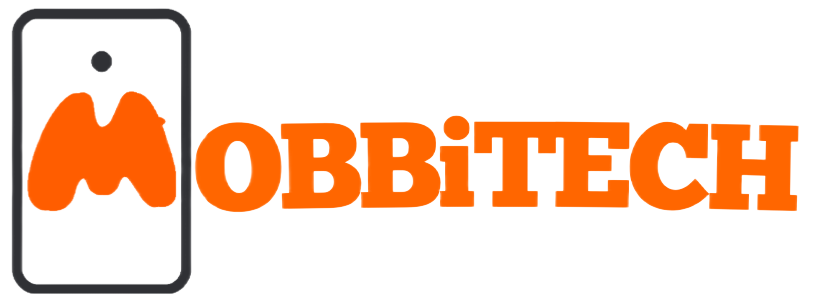Table of Contents
The smartphone industry is dominated by two titans: Samsung’s Galaxy line and Apple’s iPhone. In Q12023, Apple commanded a 52% share of the U.S. smartphone market, comfortably surpassing Samsung’s 27% share. There is always compression on Apple iPhone vs. Samsung Galaxy in the smartphone market about the dominance and innovations.
That being said, quantity does not equate to quality. This guide will compare and contrast The two tech giants in several categories, including performance, design, ecosystem, and security.
As we compare and contrast Apple’s iPhones with Samsung’s Galaxy series, get ready for the showdown.
Product Lineup Comparison:
Apple and Samsung are competitors in the consumer electronics business, but their target markets differ. Comparing Samsung to its rivals, a more excellent range of phones is available. Its low-cost Galaxy A and M models are ideal for those seeking simple functionality.
On the other hand, Samsung offers a cutting-edge foldable phone series named Galaxy Z in addition to premium Galaxy S models with exceptional performance.
However, with only four iPhone 15 variants, Apple’s iPhone lineup is limited. The priciest alternatives are the 15 Pro and 15 Pro Max, which are more expensive and come with the company’s most cutting-edge technologies.
Entry Level:
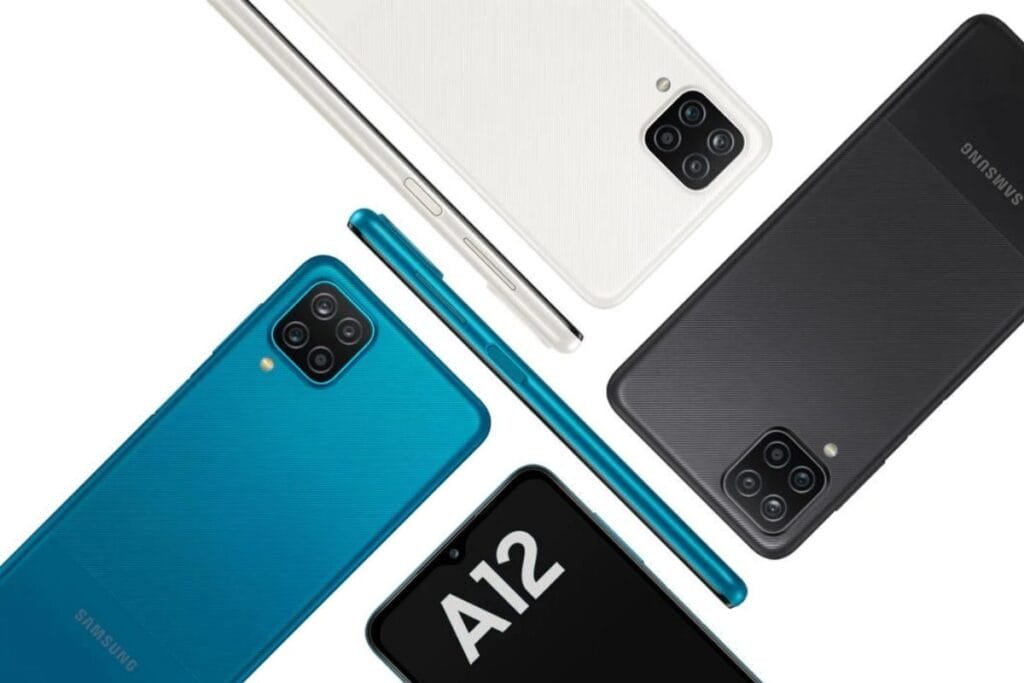
Samsung’s A series, particularly the Galaxy A14 5G and Galaxy A03s, offers decent features at an affordable price. The $200 Galaxy A14 5G has a 3.5mm headphone connection, a great battery life (almost two days), and a sharp Full HD Plus display. In contrast, Apple’s entry-level iPhones start at $429. Therefore, the only reasonably priced options need to be updated versions.
Mid-Range:
What differentiates the Galaxy A54 5G and Galaxy S23 FE from the competition in the mid-range market are updates, a longer battery life, and a revamped look. With the powerful A15 Bionic CPU, Apple’s $429 iPhone SE offers a larger screen and MagSafe, albeit lacking some of the more modern features.
Foldables:
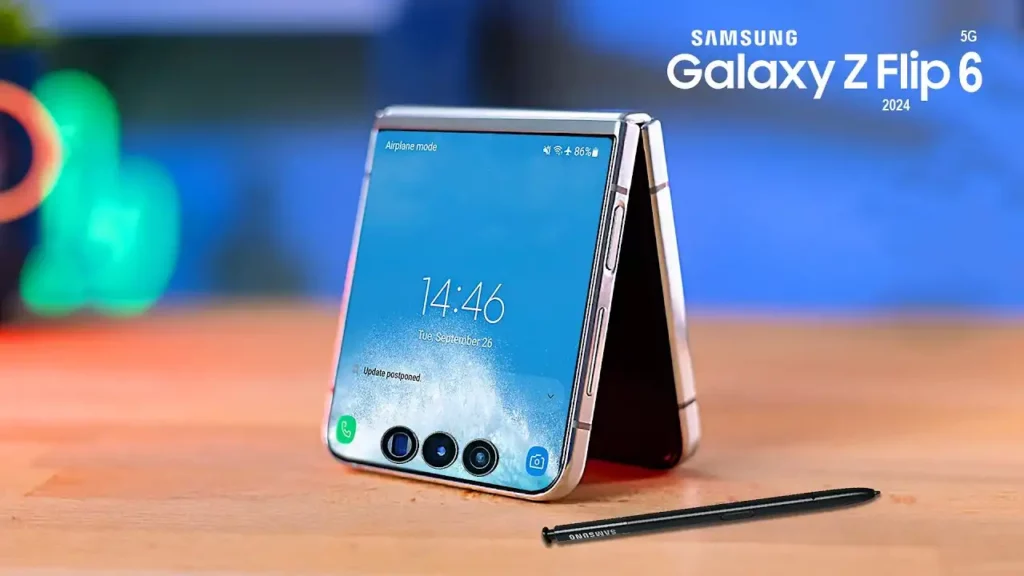
Samsung’s foldable phones, such as the Galaxy Z Fold 5 and the Galaxy Z Flip 5, are state-of-the-art devices because of their innovative designs and powerful specifications. Apple does not yet offer any foldable variants.
Other Electronics:
Beyond smartphones, these companies provide various consumer items, including laptops, earbuds, wearables, tablets, and smart home appliances. Apple’s MacBooks, iPads, AirPods, and Apple Watches often eclipse those from Samsung, such as the Galaxy Books, Tabs, Buds, and Watches.
Hardware and Tech Comparison:
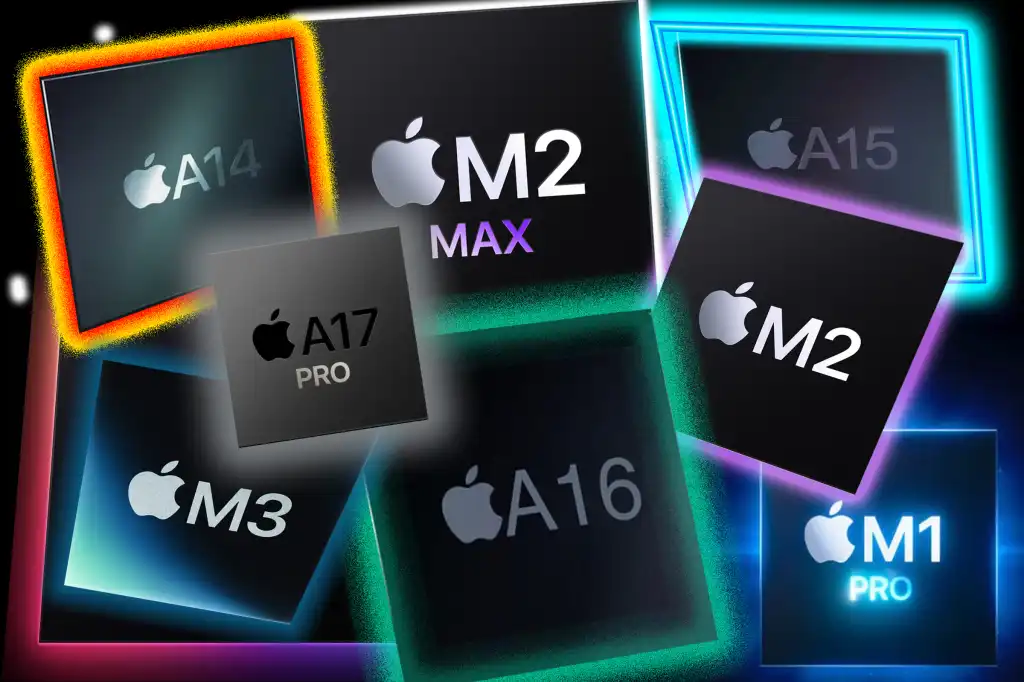
Chips:
As part of this approach, Samsung distributes Qualcomm Snapdragon chipsets in certain regions while sending its own Exynos CPUs to other nations. But Apple consistently offers two chipsets worldwide: the Pro models utilize the newest silicon, while the entry-level iPhone models use the chipsets from the previous year. Generally speaking, Samsung’s GPU performance is unparalleled, while Apple’s CPU performance is excellent.
Cameras:
With its versatile quad-camera setup and impressive 200MP camera, Samsung’s Galaxy S23 Ultra is, undoubtedly, the best camera device available. With a 48MP primary camera, 12MP ultrawide, and 5x telephoto lens, the iPhone 15 Pro Max—Apple’s most costly model—has a decent but insufficient megapixel count to rival other models.
Display:
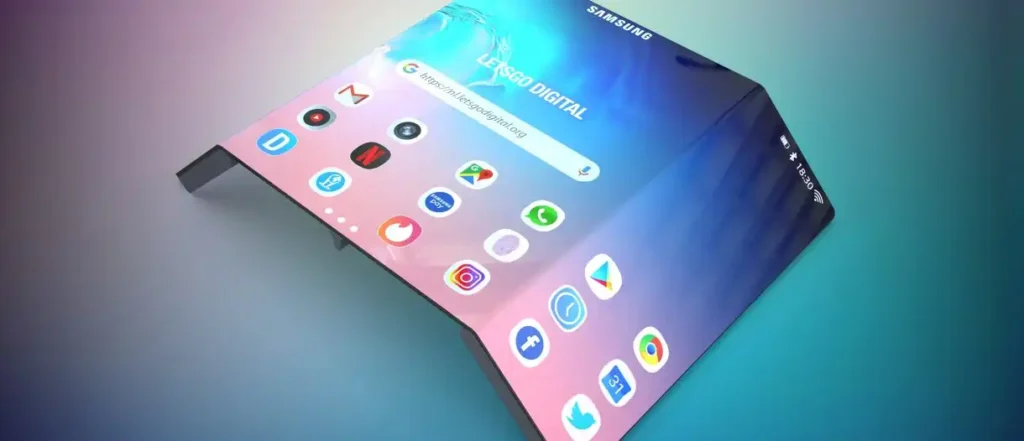
Apple and Samsung offer high dynamic range (HDR) displays on their flagship phones, but Apple’s screen is much brighter. Conversely, Samsung’s smartphones operate at 120Hz, while Apple’s iPhone 15 series maintains a 60Hz frequency. Samsung employs Gorilla Glass, whereas Apple’s Ceramic Shield offers consistent protection for all iPhone models (except SE).
Battery:
Samsung phones often have longer battery lives than iPhones, usually lasting more than a day. Samsung models are also superior in this regard, offering up to 45W cable charging as opposed to the iPhone 15 Pro Max’s 27W charging capabilities. With faster Qi charging rates, Samsung offers more charging options and reverse wireless charging as an extra perk.
Software and Ecosystem Comparison:
Based on the Android platform, Samsung’s One UI offers additional customization options but also includes bloatware, which complicates the user interface. Apple’s exclusive iOS software uses finely tuned hardware to provide a more straightforward and seamless user experience. Whereas Samsung distributes four OS updates and five years of security fixes, Apple releases six on average, making for a more cohesive and consistent ecosystem.
Security and Updates:
Apple has a security edge over its competitors because of its closed environment and frequent updates, making it more difficult for criminals to target iOS consumers. Samsung’s Android-based system has become more secure, but the business is still struggling to fulfill update deadlines because of optimization requirements.
App Quality:
IOS and Android have a vast assortment of programs; however, because of Apple’s strict testing procedures and the money developers get, iPhone apps are often of higher quality. Although the open nature of Android allows for more variety, the exclusivity of Apple’s App Store ensures a carefully chosen collection of premium apps.
Conclusion
It is a matter of personal preference as to which side of the long-running iOS vs. Android debate one supports: Apple or Samsung. Regarding screen technology, battery life, and camera quality, Samsung Galaxy phones provide better value than phones from other companies. But iPhones are the way to go because of their well-established ecosystem, better software support, and security. Apple’s closed ecosystem ensures a seamless and cohesive user experience; Samsung provides more flexibility and customization.
Eventually, it will come down to pricing, desired features, and ecosystem selections to decide between Apple and Samsung. Since both businesses manufacture excellent smartphones with unique benefits, it is difficult to declare a winner in their ongoing competition. Google’s Pixel phones are another choice for those seeking an AI-centered experience; as technology develops, these phones are growing in popularity.
Also Read: Samsung Galaxy S24 Ultra vs Galaxy Z Fold 5: Which One Should You Go For?

